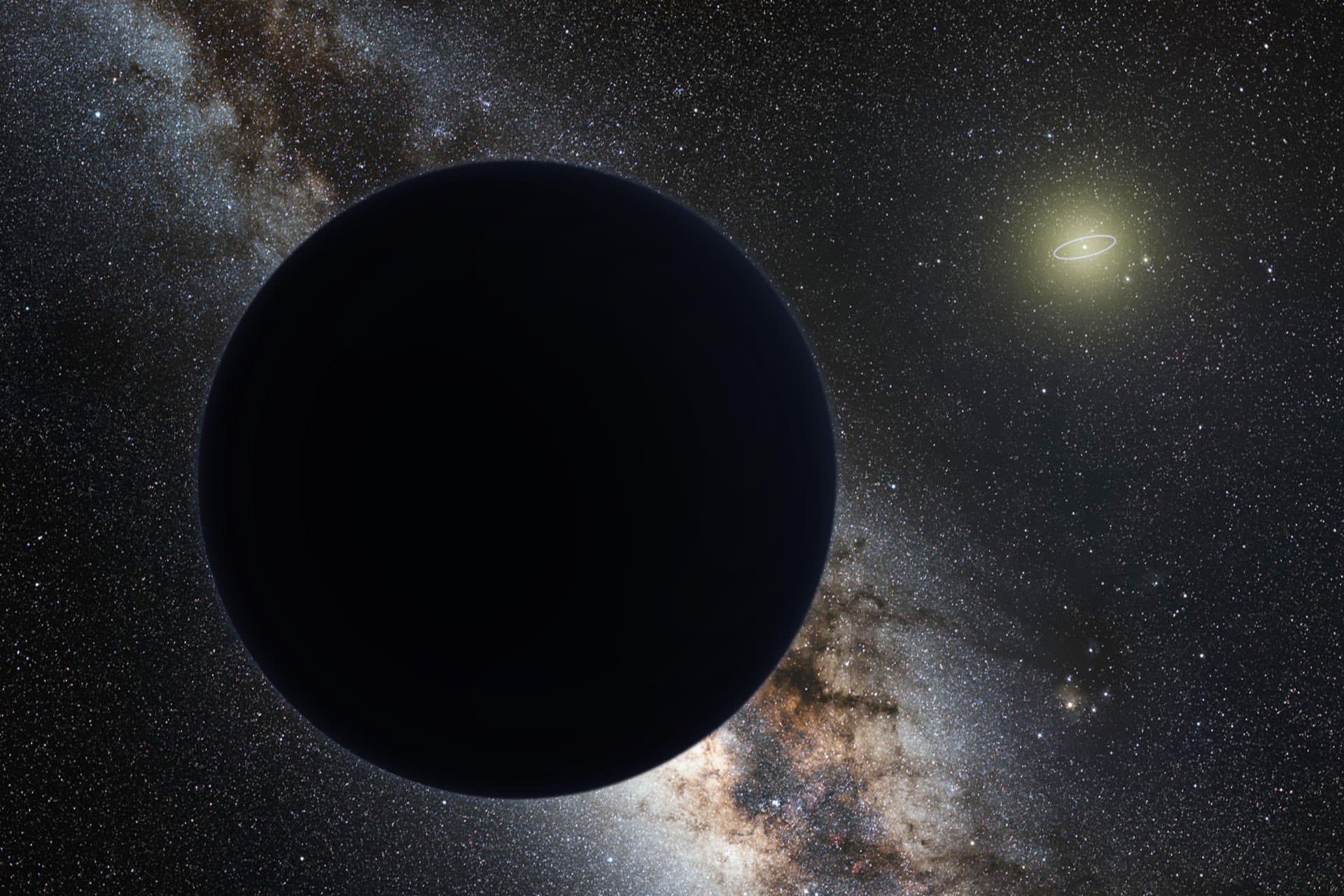The Large Magellanic Cloud is a small galaxy, just a tenth of the Milky Way’s mass. It is about 160,000 light years away, which is remarkably close in cosmic terms. In the southern hemisphere it spans the width of 20 Moons in the night sky. While the galaxy seems timeless and unchanging to our short human lives, it is, in fact, a dynamic system undergoing a near collision with our galaxy. Now astronomers are beginning to observe that process.
Continue reading “The Large Magellanic Cloud Survived its Closest Approach to the Milky Way”The Large Magellanic Cloud Survived its Closest Approach to the Milky Way










